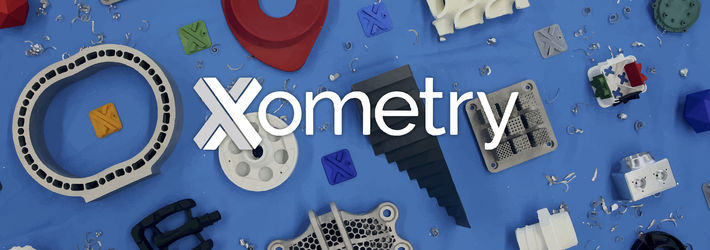Here at CGTrader, we want to help you find the best 3D models. Since we have more than 200,000 print-ready models to offer we also want to make sure you know about the best ways to turn those models into real objects!
One great place to get your designs produced is Xometry. Xometry is an on-demand manufacturing company based in the US that can manufacture your models using a range of 3D Printing processes as well as offer instant quoting, great pricing, and the ability to get your models delivered within days. Xometry operates a partner network of over 1,000 manufacturers so there’s almost nothing they can’t make well in every material you need.
We asked Greg Paulsen, Director of Applications Engineering at Xometry, to give us a couple of insights to current 3D printing industry trends.
Over the past years, we have seen so much hype about 3D printing, then it ended, but what has not changed is the saying that "in the future, we will have many everyday life things printed and used”. What does Xometry think about this?
We have witnessed over the last several years is that more designers and engineers are understanding what 3D printing service can and can't do as well as where certain processes' strengths lie in the product life-cycle. I do believe that we are going to start seeing printed parts all around us but they will likely be made with professional systems like the ones Xometry runs versus smaller desktop units due to their reliability and repeatability in production.
What trends do you see in on-demand services? Where does this statement stand now, and what are your predictions for 5 and then 10 years from now?
Prototyping is still a king, but we are seeing more and more end-use production parts mixed in with the one-offs. Our customers clearly understand the value of 3D printing in terms of cost, lead time, and design flexibility. One of the hurdles is that typical end-use materials in 3D printing are not as cosmetically pleasing as traditionally manufactured parts (e.g. molded parts). I think the future holds on keeping the mechanical properties as good or better for current industrial 3D printing, like selective laser sintering, but with better surface finishing and throughput. In the next decade, we will also see an explosion of materials that give great results part after part as well as hybrid manufacturing technologies that blur the lines between additive and subtractive manufacturing.
To get your free instant quote and design-for-manufacturability feedback, simply upload your design’s CAD file here. Or, check out Xometry’s 3D Printing design guides to learn more about our work.




Comments